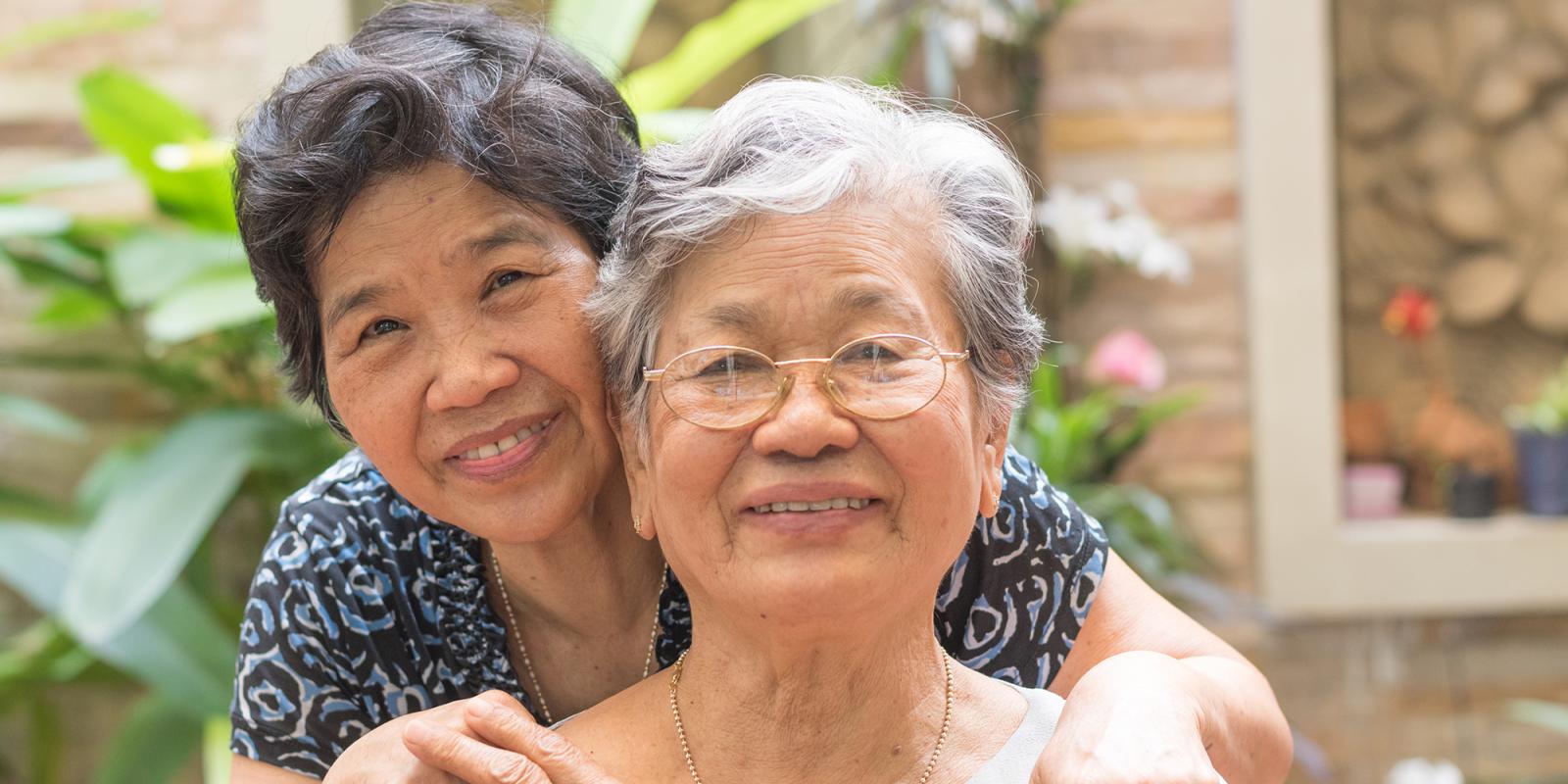Following CDC guidance and a general relaxing of many city and state COVID regulations as our summers kicked off, many of us have begun to remove our masks. There is a sense of relief and joy at seeing long-hidden faces of loved ones, friends and even strangers.
Ironically, the pandemic has all along been the great “un-masker,” revealing the people most important and necessary in our lives, from healthcare workers to grocery clerks to delivery drivers. Surprisingly, it has brought to light another hidden cadre of unsung heroes 53 million people strong, a group that was hard at work before the pandemic struck, labored tirelessly throughout its course, and will continue their work far into the future.
They are the family caregivers who provide essential support each day to older family members and friends in need.
Think about it: more than 53 million people—one in five adults in the United States—provide unpaid and critically needed help to those who can no longer live independently. Estimates suggest that the care they provide is worth nearly half a trillion dollars. That is an economic contribution larger than all government outlays for institutional and community-based long-term services and support combined. This makes family caregivers the nation’s largest healthcare workforce, an indispensable foundation on which the health and social service delivery system for older adults rests.
Pandemic Exacerbates Care Situation
Here in Chicago and throughout the nation, the pandemic separated loved ones and friends. Many older relatives, whether in their homes, apartments or assisted living facilities, suffered from the lack of regular visits and attention. Conversely, some caregivers have been living every day in close quarters with their family members, without respite and other supports upon which they traditionally rely.
Family caregivers provide care worth nearly half a trillion dollars.
Pandemic or not, it is not an easy job. Caregivers are often stressed by trying to master highly technical, traditionally medical-nursing tasks for which they have not been trained. Increasing numbers care for more than one older adult and must juggle caregiving with meeting the needs of children or grandchildren—leaving little time to care for their own health and well-being. A recent CDC survey found that more than two-thirds of all parents and caregivers of adults reported adverse mental health symptoms during the pandemic.
Caregiving is also costly. Many caregivers give up jobs or go part-time, posing a threat to their future financial security and that of their families. Family caregivers spend, on average, nearly $7,500 a year out of their own pockets to meet the needs of the older family members in their care. It’s not going to get any easier as aging baby boomers, who tend to have smaller families than their parents, may soon need care.
What can be done to support this underappreciated army of carers?
- Make caregivers visible. Many see themselves simply as spouses, daughters or sons, fulfilling a natural family obligation. This is understandable and admirable, but it means that many people do not get the support they need, because they view caregiving programs as being for others, not themselves. However, health and social service providers are positioned to identify caregivers and connect them to needed resources. Full implementation of the CARE Act, which has been passed in more than 40 states, including Illinois, can help, requiring health systems to identify, assess and train caregivers of older patients before they are discharged back to their home.
- Strengthen federal and state funding for caregiver support. Attention to this issue has grown at all levels of government, but funding has not. Many states support the lowest income caregivers, but those who are near-poor or have moderate incomes lack the same assistance. Federal appropriations for the National Family Caregiver Support Program have been increased through the COVID emergency. This expansion should be sustained.
- Scale programs that work and adapt them for different populations and contexts. Several support programs, such as the Savvy Caregiver Program and BRI Care Consultation, have demonstrated tangible benefits—improving health and well-being and lowering hospital admissions and other costs. These proven programs need help to get to scale and to ensure they provide the same benefits to a wide range of racial and ethnic communities that they provide to the general population. A recent publication from the Diverse Elders Coalition, Caring for Those Who Care, provides a wealth of helpful guidance for innovators and providers on this critically important topic.
Caregivers are part of the connective tissue that binds families, often across generations. Each day, their efforts help to link disparate and poorly coordinated parts of the health and social services systems. In a time when so much separates us, caregivers hold us together. We need to step up and help them help us. It’s essential.
Mary O’Donnell, MA, is president of RRF Foundation for Aging in Chicago.













